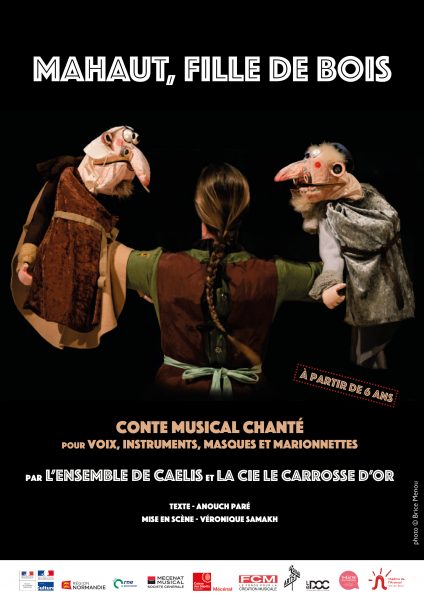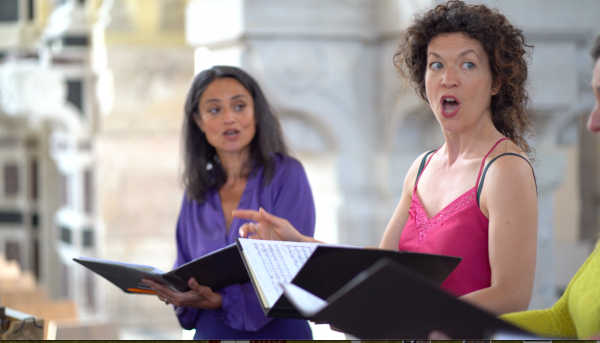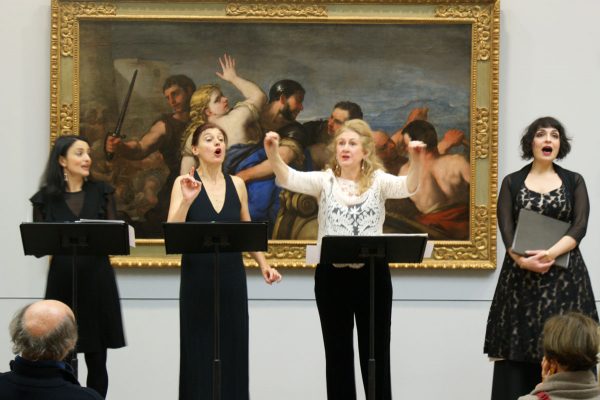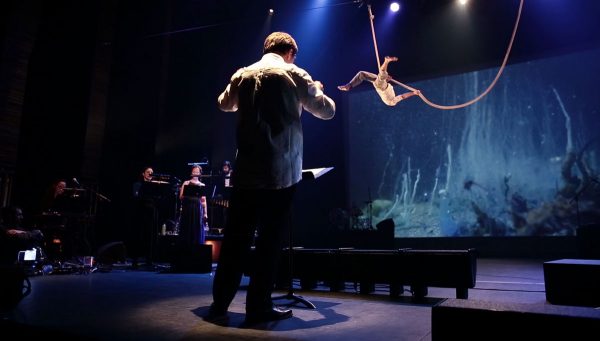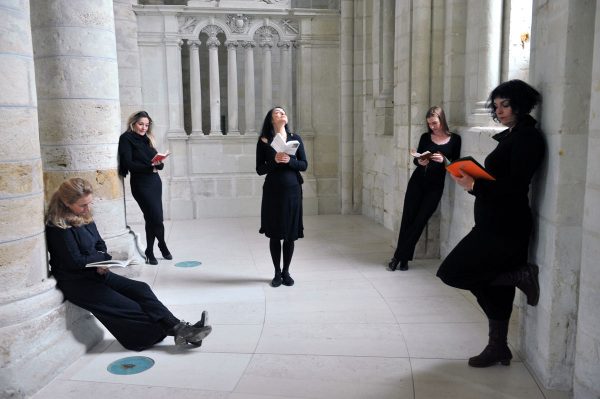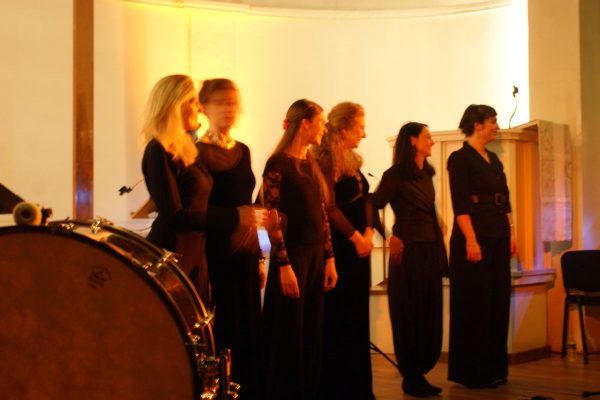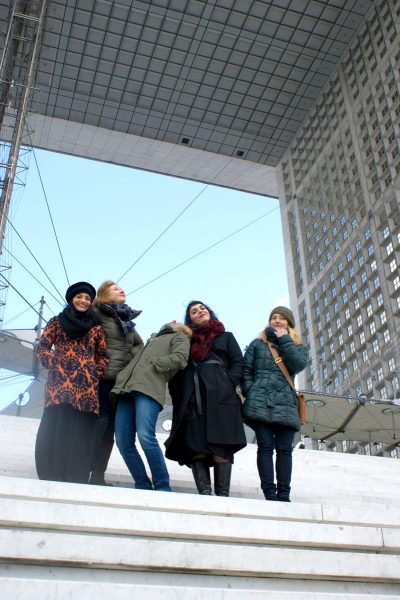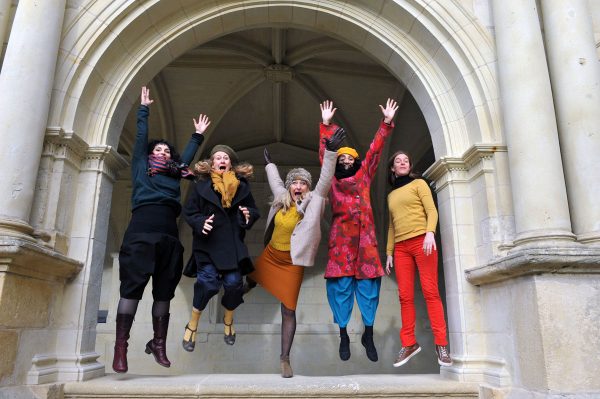
Odd Birds
Two possible casting options:
5 singers and organetto.
5 singers and organetto, with Jean Boucault and Johnny Rasse – Les Chanteurs-Oiseaux (The Birdsong imitators).
Works by Borlet, Solage, Guillaume de Machaut, Guillaume Dufay, Clément Janequin together with pieces of unknown origin from the 14th century Chantilly Codex.
Angels, rare birds, and other more familiar warblers appear throughout the programme. The entire history of music is filled with their songs. A bird is a poet, a prophet, and a singer: the miraculous alliance of art with nature.
In the Middle Ages, human song was regarded as an emulation of birdsong which itself was nothing less than the earthly echo of the angels. An alluring ancestry in which trills vied with sounds from deeper in the throat.
Drôles d’oiseaux (Odd Birds) is a fine tribute to our feathered friends that is both enchanting and poetic as well as a tad mischievous. A concert in which virtuosity and grace become one.
For our added pleasure, the concert can be supplemented with the inclusion of those two renowned birdsong imitators, Jean Boucault and Johnny Rasse (www.chanteurs-oiseaux.com).
This programme can be performed outdoors, which offers the birds in the garden a chance to join in the concert!
